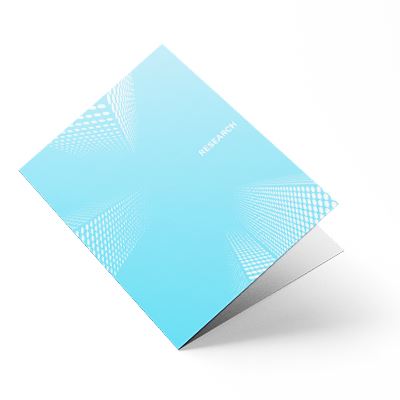Summary
This peer-reviewed article offers a detailed analysis of the types of learning involved in comprehending text, and describes how that analysis informed the design of Headsprout Reading Comprehension. The analysis is based on Tiemann and Markle’s categories of learning, which incorporate setting, response requirements, and complexity into a matrix of learning types.
Highlights
The authors make and explain the following assertions regarding reading comprehension:
- Both the verbal and investigative repertoires that lead to successful reading comprehension belong in the cognitive learning category.
- By the time students reach the formal school system, their verbal repertoires are rich and complex, though still developing.
- Investigative repertoires, in contrast, involve generating strategies that lead to problem-solving and need to be explicitly taught.
Citation
Sota, M., Leon, M., & Layng, T. V. J. (2011). Thinking through text comprehension II: Analysis of verbal and investigative repertoires. The Behavior Analyst Today, 12(1), 12-20.



